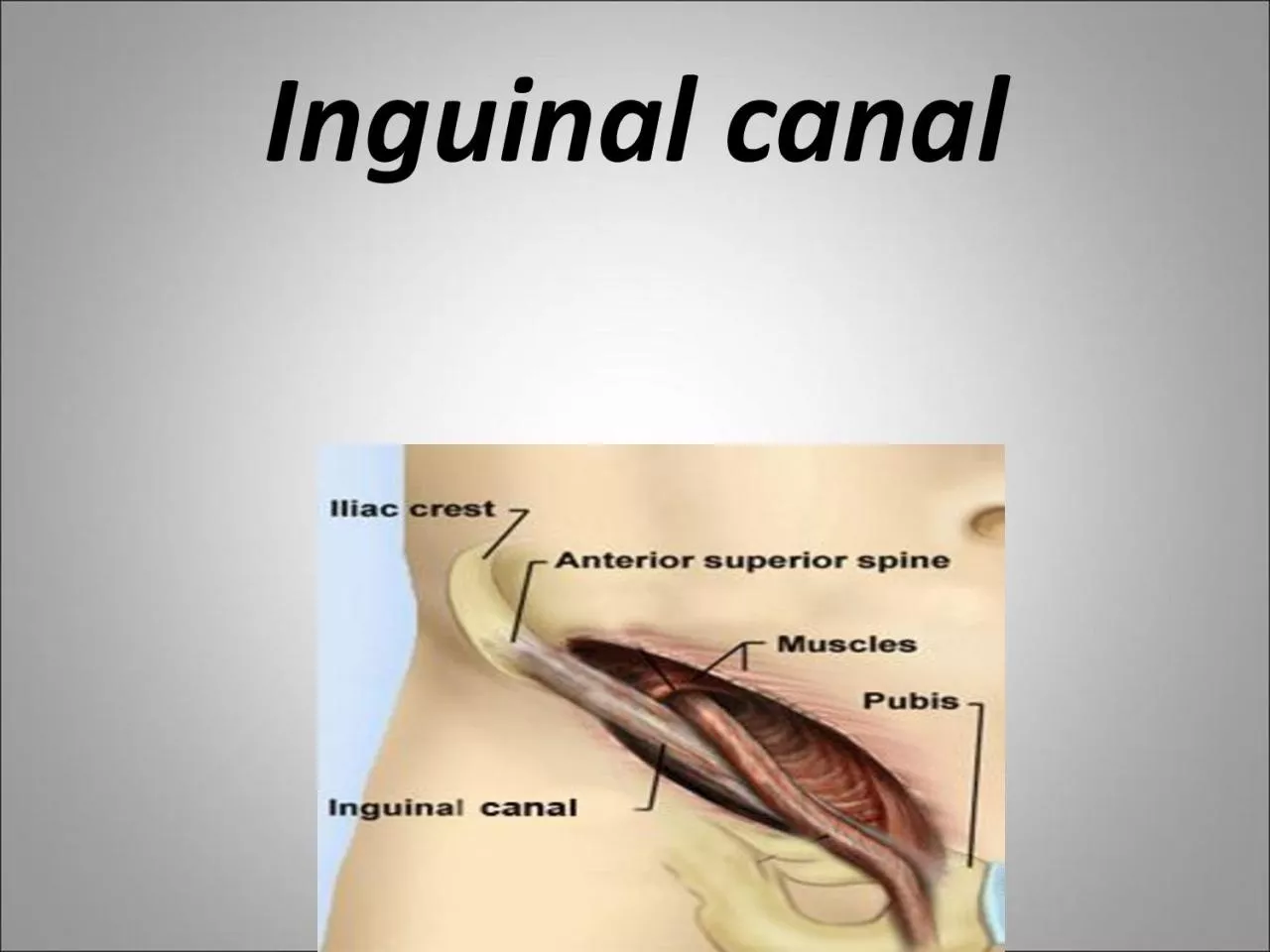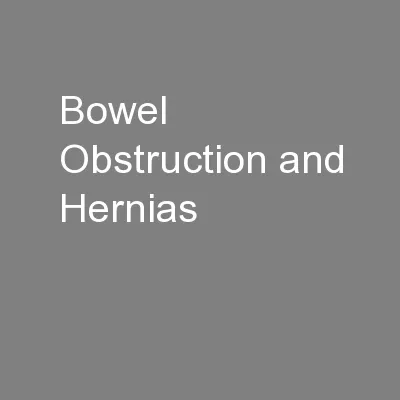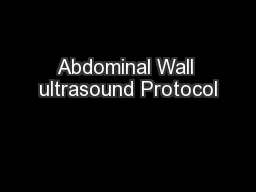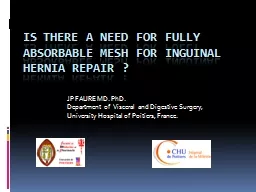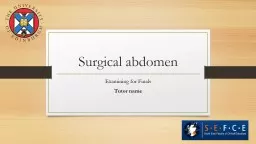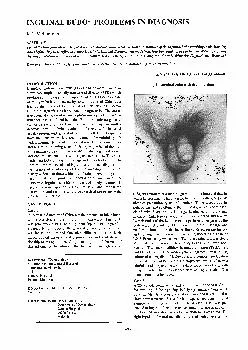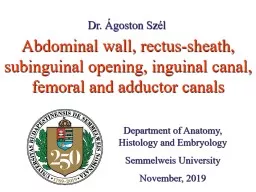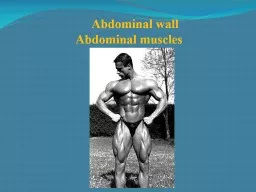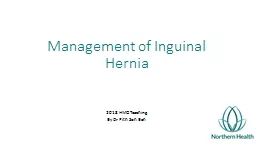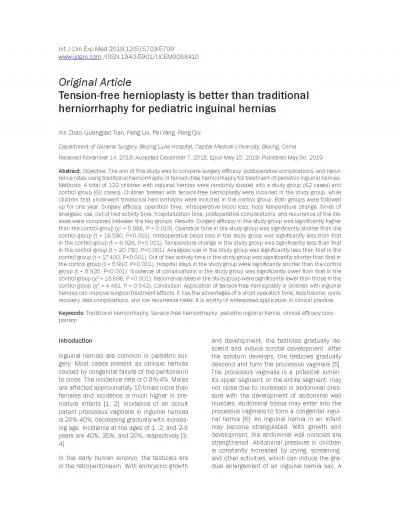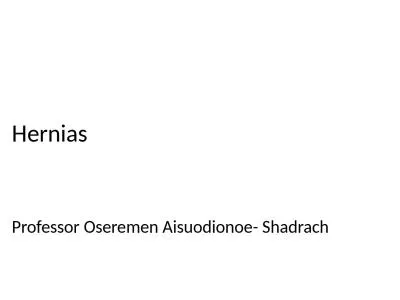PDF-Inguinal canal
Author : phoebe | Published Date : 2022-10-29
Inguinal Canal It is an oblique passage through the lower part of the anterior abdominal wall Present in both sexes It allows structures to pass to and from the
Presentation Embed Code
Download Presentation
Download Presentation The PPT/PDF document "Inguinal canal" is the property of its rightful owner. Permission is granted to download and print the materials on this website for personal, non-commercial use only, and to display it on your personal computer provided you do not modify the materials and that you retain all copyright notices contained in the materials. By downloading content from our website, you accept the terms of this agreement.
Inguinal canal: Transcript
Download Rules Of Document
"Inguinal canal"The content belongs to its owner. You may download and print it for personal use, without modification, and keep all copyright notices. By downloading, you agree to these terms.
Related Documents

